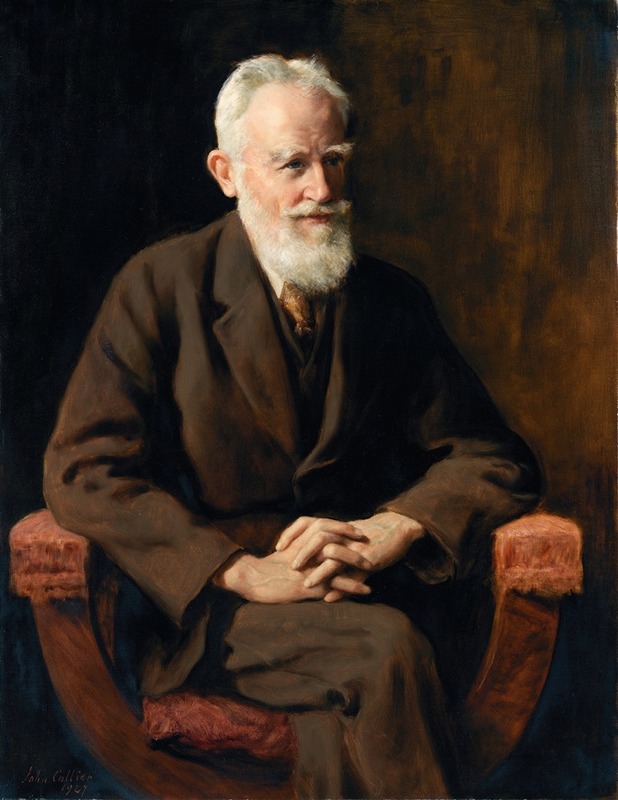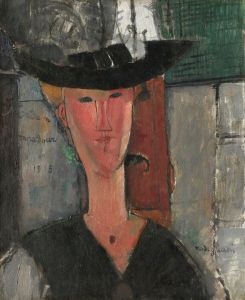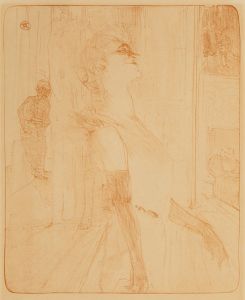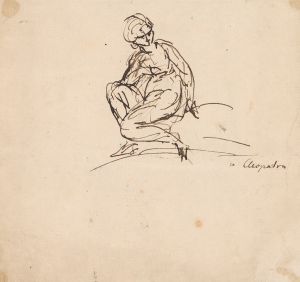
Portrait of George Bernard Shaw , Dramatist
A hand-painted replica of John Collier’s masterpiece Portrait of George Bernard Shaw , Dramatist, meticulously crafted by professional artists to capture the true essence of the original. Each piece is created with museum-quality canvas and rare mineral pigments, carefully painted by experienced artists with delicate brushstrokes and rich, layered colors to perfectly recreate the texture of the original artwork. Unlike machine-printed reproductions, this hand-painted version brings the painting to life, infused with the artist’s emotions and skill in every stroke. Whether for personal collection or home decoration, it instantly elevates the artistic atmosphere of any space.
The "Portrait of George Bernard Shaw, Dramatist" is a painting by the British artist John Collier, known for his work as a portrait painter during the late 19th and early 20th centuries. John Collier was a prominent figure in the world of art, recognized for his ability to capture the likeness and character of his subjects with precision and depth. His works often included portraits of notable figures of his time, and his painting of George Bernard Shaw is no exception.
George Bernard Shaw, the subject of this portrait, was an Irish playwright, critic, and polemicist, who became one of the leading dramatists of his generation. Shaw was awarded the Nobel Prize in Literature in 1925 for his contributions to literature, particularly for his work in drama. He is best known for plays such as "Pygmalion," "Saint Joan," and "Man and Superman," which are celebrated for their wit, social criticism, and exploration of complex themes.
The portrait by John Collier captures Shaw in a thoughtful pose, reflecting his intellectual and creative nature. Collier's technique in this painting is indicative of his broader style, which often emphasized realism and attention to detail. The artist's use of color and light in the portrait helps to convey Shaw's personality, highlighting his sharp features and intense gaze. This portrayal aligns with Shaw's public persona as a thinker and a provocateur, known for his sharp wit and incisive commentary on social issues.
Collier's choice to paint Shaw is significant, as it reflects the playwright's prominence and influence during his lifetime. Shaw was not only a literary figure but also an active participant in political and social debates, advocating for issues such as women's rights, education reform, and the abolition of poverty. His involvement in the Fabian Society, a socialist organization, further underscores his commitment to social change, making him a compelling subject for a portrait.
The painting is a testament to the intersection of art and literature, capturing a moment in time when Shaw's ideas were shaping public discourse. Collier's ability to encapsulate Shaw's essence in this portrait speaks to his skill as an artist and his understanding of the cultural landscape of his era.
While specific details about the commission or the current location of the portrait may not be widely documented, the painting remains an important piece in the study of both Collier's artistic legacy and Shaw's enduring impact on literature and society. The portrait serves as a visual representation of Shaw's intellectual legacy, immortalizing him in the medium of fine art.
In summary, John Collier's "Portrait of George Bernard Shaw, Dramatist" is a significant work that captures the essence of one of the most influential literary figures of the 20th century. Through Collier's skilled artistry, the portrait not only reflects Shaw's physical likeness but also his intellectual and cultural contributions, making it a valuable piece of historical and artistic significance.


















